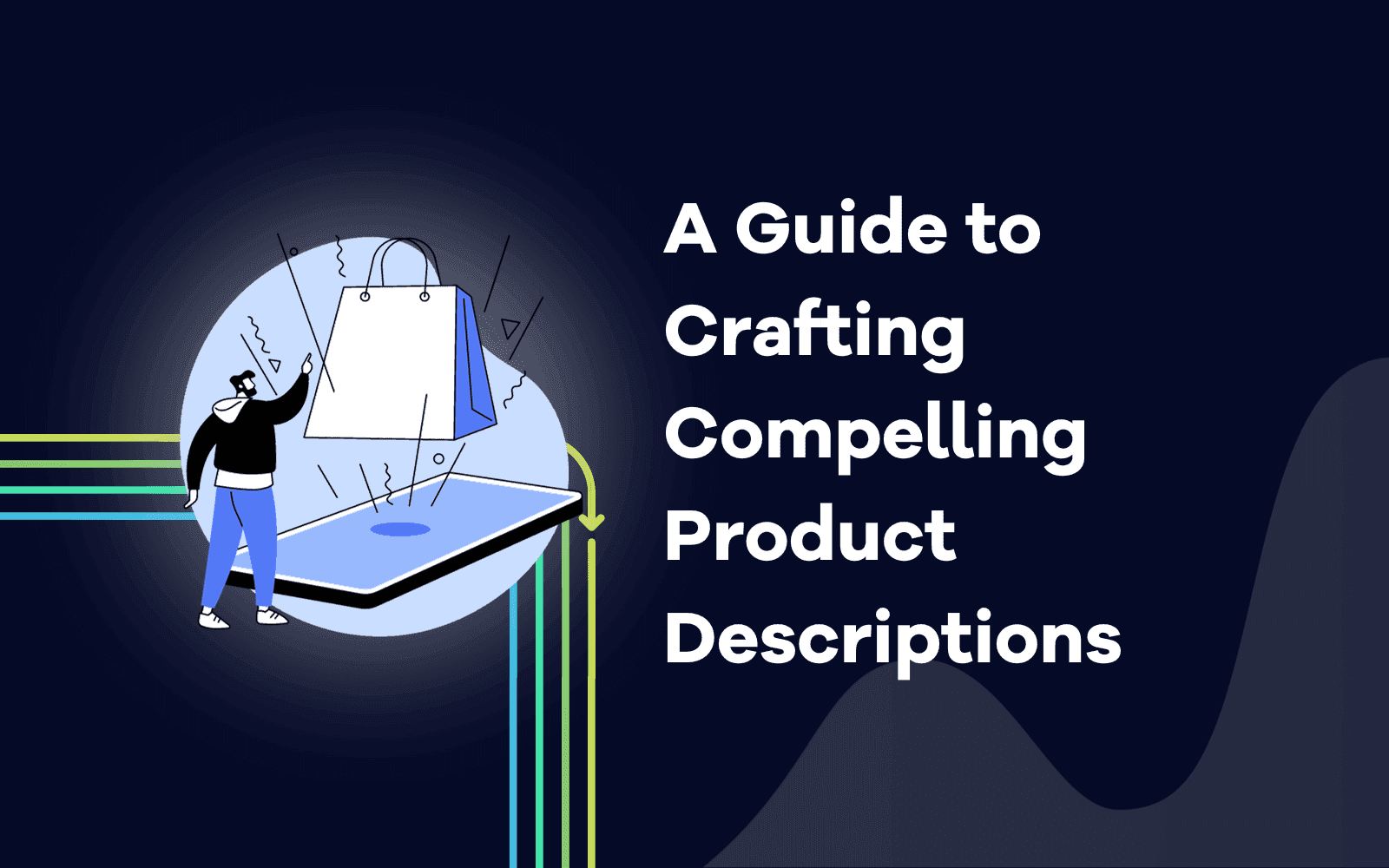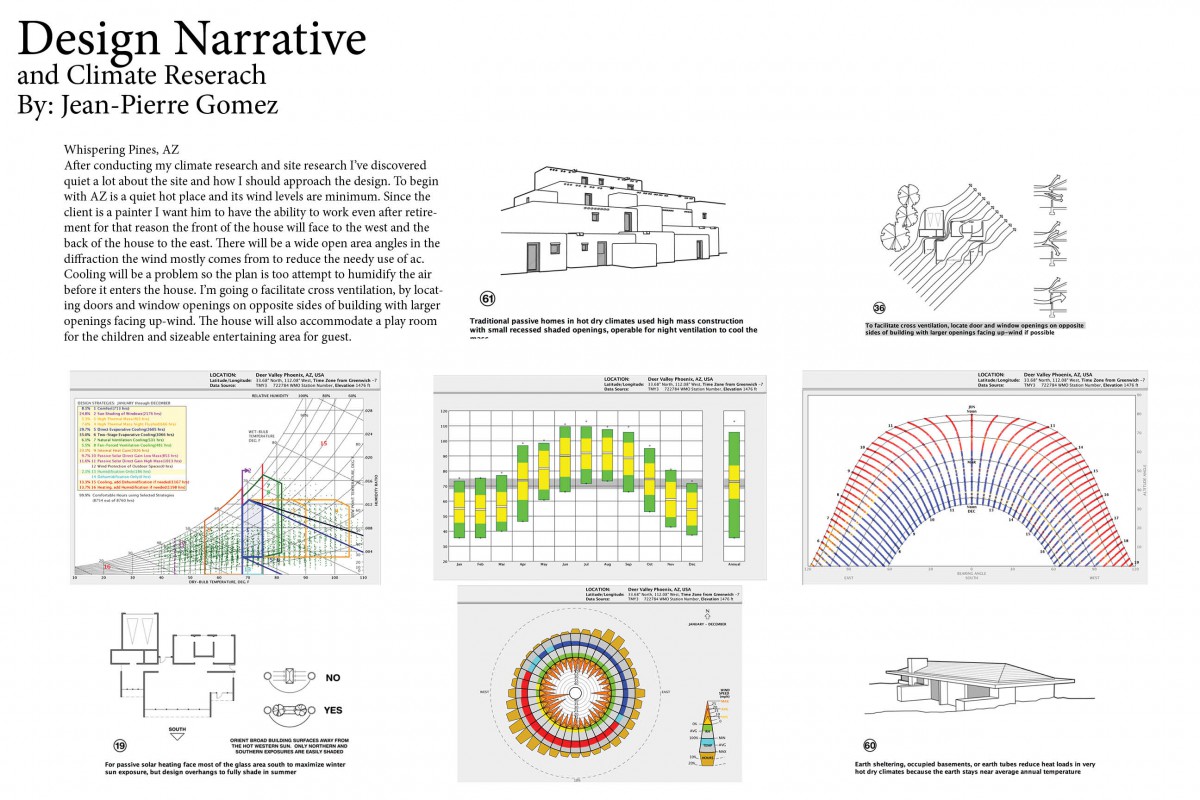Unlocking the Power of "Why": Crafting Compelling Product Narratives for Interior Design and Architecture

As an interior design and architecture expert, you’re not just selling products; you’re selling transformative experiences. You’re selling the feeling of stepping into a space that perfectly reflects your client’s personality, lifestyle, and dreams.
To truly connect with your ideal customer, you need to go beyond simply listing features. You need to tell a story that resonates with their deepest desires and aspirations. This is where the power of "why" comes in.

Understanding Your Ideal Customer
Before we dive into the "why," let’s define your ideal customer persona. Imagine your perfect client – who are they? What are their needs and desires? What are their pain points?
For example, are you targeting:

- Young professionals looking for a stylish and functional space that reflects their success?
- Families seeking a comfortable and welcoming home that prioritizes family time and entertaining?
- Empty nesters desiring a low-maintenance and elegant space that allows them to enjoy their retirement?


Once you have a clear picture of your ideal customer, you can tailor your messaging to address their specific needs and aspirations.
The Power of "Why"

People don’t buy products; they buy solutions to their problems and fulfillment of their desires. Your "why" is the bridge between your product or service and the emotional needs of your customer. It’s the story that explains how your product or service will make their life better.
Here’s how to craft a compelling "why" for your interior design and architecture services:

1. Identify the Problem:

- What are the common challenges your ideal customer faces in their current space?
- Are they struggling with a lack of storage?
- Do they feel overwhelmed by clutter?
- Is their space not reflecting their personality or lifestyle?


2. Offer the Solution:
- How does your product or service solve these problems?
- Does it provide innovative storage solutions?
- Does it create a more organized and efficient flow?
- Does it enhance the aesthetics and functionality of their space?



3. Emphasize the Benefits:
- What are the tangible and intangible benefits of using your product or service?
- Will it save them time and money?
- Will it improve their mood and well-being?
- Will it increase their property value?
- Will it create a sense of pride and accomplishment?
4. Tell a Story:
- Don’t just list features and benefits; weave them into a compelling narrative.
- Use powerful imagery and evocative language to paint a picture of the ideal space your customer desires.
- Share real-life examples of how your product or service has transformed the lives of your clients.
Examples of "Why" Statements:
- For the young professional: "Tired of feeling cramped and uninspired in your tiny apartment? We can create a stylish and functional space that reflects your success and makes you feel energized and motivated."
- For the family: "Imagine a home where every member feels loved and cherished, a space where laughter and memories are made. We can create a comfortable and welcoming haven that fosters family connection and joy."
- For the empty nester: "Embrace a new chapter in your life with a space that reflects your refined taste and desire for relaxation. We can create a low-maintenance and elegant haven where you can enjoy your golden years in style and comfort."
Key Features and Benefits to Highlight:
Now, let’s delve into specific features and benefits that you can highlight to resonate with your ideal customer persona:
For the young professional:
- Functionality: Open floor plans, multi-purpose furniture, smart home technology, efficient storage solutions.
- Style: Minimalist aesthetics, bold color accents, statement pieces, curated artwork, sleek finishes.
- Sustainability: Eco-friendly materials, energy-efficient appliances, sustainable design practices.
For the family:
- Comfort: Cozy seating areas, soft textures, warm lighting, family-friendly materials.
- Functionality: Dedicated play areas, multi-purpose rooms, flexible layouts, ample storage.
- Safety: Non-toxic materials, child-proof features, well-lit spaces, secure access.
For the empty nester:
- Elegance: High-end finishes, luxurious textures, timeless design, curated artwork, sophisticated lighting.
- Accessibility: Universal design principles, easy-to-navigate spaces, comfortable seating, grab bars, ramps.
- Maintenance: Durable materials, low-maintenance surfaces, automated systems, minimal upkeep requirements.
Beyond Features and Benefits: The Power of Emotional Connection
Remember, your goal is to create a connection with your ideal customer. Don’t just focus on the practical aspects of your product or service; tap into their emotions.
- Empathy: Show that you understand their challenges and aspirations.
- Inspiration: Spark their imagination by showcasing stunning visuals and showcasing the possibilities of their dream space.
- Trust: Build credibility by showcasing your expertise and experience.
- Excitement: Create a sense of anticipation and excitement for the transformative experience they can have with your product or service.
Creating a Compelling Narrative:
Here are some tips for crafting a compelling narrative that will resonate with your ideal customer:
- Use storytelling techniques: Engage your audience with a captivating story that showcases the value of your product or service.
- Show, don’t tell: Use vivid imagery, real-life examples, and testimonials to illustrate the benefits of your product or service.
- Focus on the "why" not just the "what": Explain the emotional impact of your product or service on your customer’s life.
- Use a clear and concise language: Avoid jargon and technical terms that may confuse your audience.
- Call to action: Encourage your audience to take the next step, whether it’s scheduling a consultation, requesting a quote, or visiting your website.
Remember, your product or service is not just a product or service; it’s a promise of a better life. By understanding your ideal customer and crafting a compelling narrative that resonates with their needs and desires, you can unlock the power of "why" and create a truly impactful marketing campaign.
